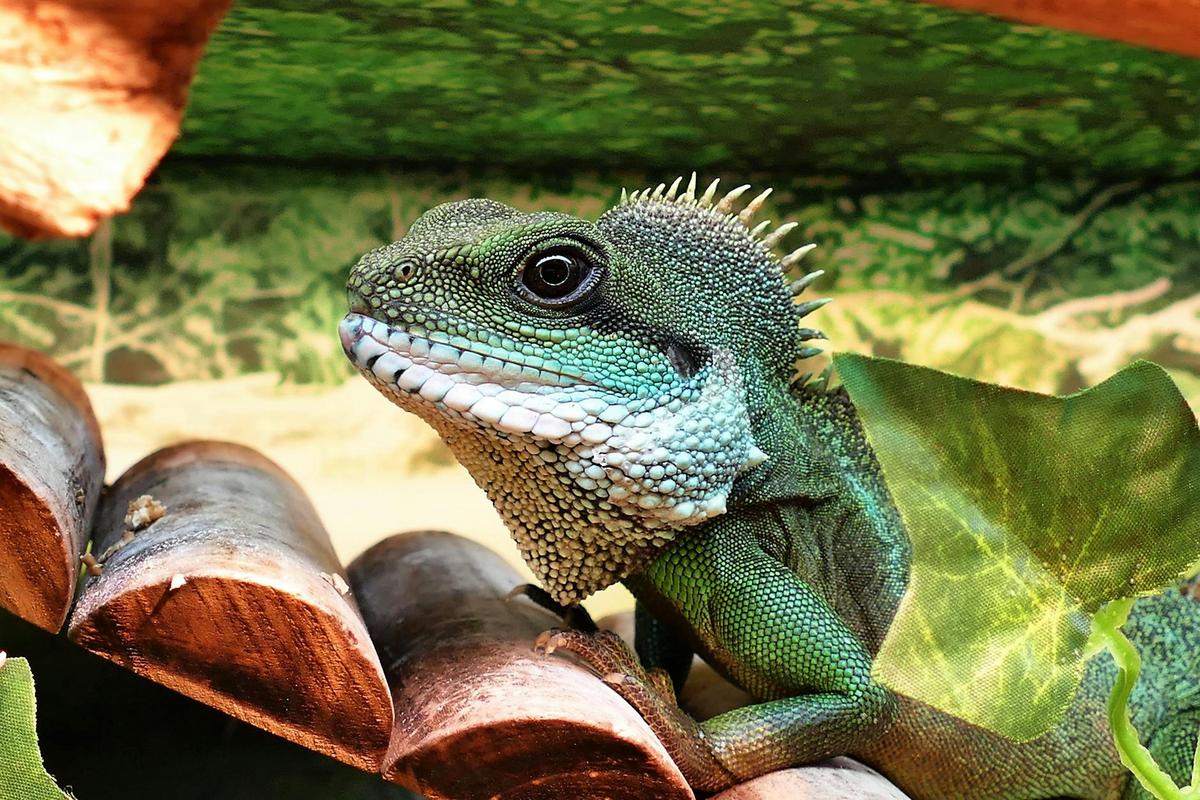
Understanding Grain-Free Pet Diets: Pros and Cons
As pet owners, we often strive to provide the best nutrition for our furry companions. One diet trend that has been gaining attention is grain-free pet food, touted by some as a healthier option. But is it the right choice for your pet? In this article, we’ll delve into the intricacies of grain-free diets, examining the pros and cons to help you make an informed decision.
What is a Grain-Free Diet?
A grain-free diet for pets excludes all grains such as wheat, corn, and rice. Instead, these diets often rely on legumes, potatoes, or other carbohydrate sources. Advocates of grain-free diets argue that they are more aligned with the natural diet of pets, particularly for dogs with ancestral ties to wolves.
Pros of Grain-Free Diets
- Allergy Relief: Some pets experience allergies to grains, and eliminating these from their diet can alleviate symptoms such as itching and digestive issues.
- High Protein Content: Grain-free diets often contain more protein, which can be beneficial for active pets.
- Improved Digestion: For some pets, a grain-free diet can lead to better digestion and stool quality.
Cons of Grain-Free Diets
- Potential for Heart Disease: Some studies have linked grain-free diets to an increased risk of dilated cardiomyopathy (DCM) in dogs, a heart condition that is potentially life-threatening.
- Higher Cost: Grain-free diets can be more expensive than traditional pet foods, which may not be feasible for all pet owners.
- Lack of Regulation: Not all grain-free diets are created equal, and some may lack essential nutrients if not carefully formulated.
Expert Opinions
Dr. Kelly Swanson, a professor of animal nutrition, emphasizes the need for personalized pet nutrition. “It’s important to consider your pet’s specific health needs and consult with a veterinarian before making dietary changes,” she advises.
Research Findings
According to recent research, only a small percentage of pets actually suffer from grain allergies. A study published in the Journal of Veterinary Internal Medicine found that true food allergies in pets are more often related to proteins like beef or chicken rather than grains.
Personal Anecdote
Consider the story of Mike, whose Labrador Retriever, Duke, was suffering from chronic itching. After switching to a grain-free diet, Duke’s symptoms improved significantly, demonstrating the potential benefits for pets with grain sensitivities.
Actionable Tips
- Consult your veterinarian before transitioning your pet to a grain-free diet.
- Monitor your pet’s health closely after any dietary change.
- Ensure the grain-free food you choose is balanced with essential nutrients.
When selecting pet food, always check the label for AAFCO certification to ensure that it meets nutritional standards.
Comparison Table: Grain-Free vs. Grain-Inclusive Diets
| Factor | Grain-Free Diet | Grain-Inclusive Diet |
|---|---|---|
| Common Ingredients | Legumes, potatoes | Wheat, corn, rice |
| Protein Content | High | Moderate |
| Cost | Higher | Lower |
| Risk of DCM | Potentially higher | Lower |
| Allergy Potential | Potentially lower | Higher |
| Digestibility | Varies | Varies |
| Popularity | Increasing | Traditionally popular |
| Regulation | Less standardized | More standardized |
Frequently Asked Questions
Is a grain-free diet suitable for all pets?
Not necessarily. It’s important to consider your pet’s specific health needs and consult with a veterinarian.
Are grain-free diets more natural for pets?
While some believe so, most domesticated pets have adapted to a variety of diets. Consultation with a vet is recommended.
What are common signs of grain allergies in pets?
Look for symptoms like excessive itching, ear infections, and gastrointestinal issues.
Conclusion
Understanding the benefits and drawbacks of grain-free diets is crucial for making informed decisions about your pet’s nutrition. While some pets may thrive on a grain-free diet, others may not require such a change. Always prioritize your pet’s health and consult with a veterinarian to determine the best dietary path. By considering individual needs and staying informed, you can ensure your furry friend receives the nutrition they need for a healthy, happy life.


